Health
On the Eve of the Great Psychedelic Debate
The mint plant salvia divinorum exhibits powerful and unusual psychedelic effects and remains legal.
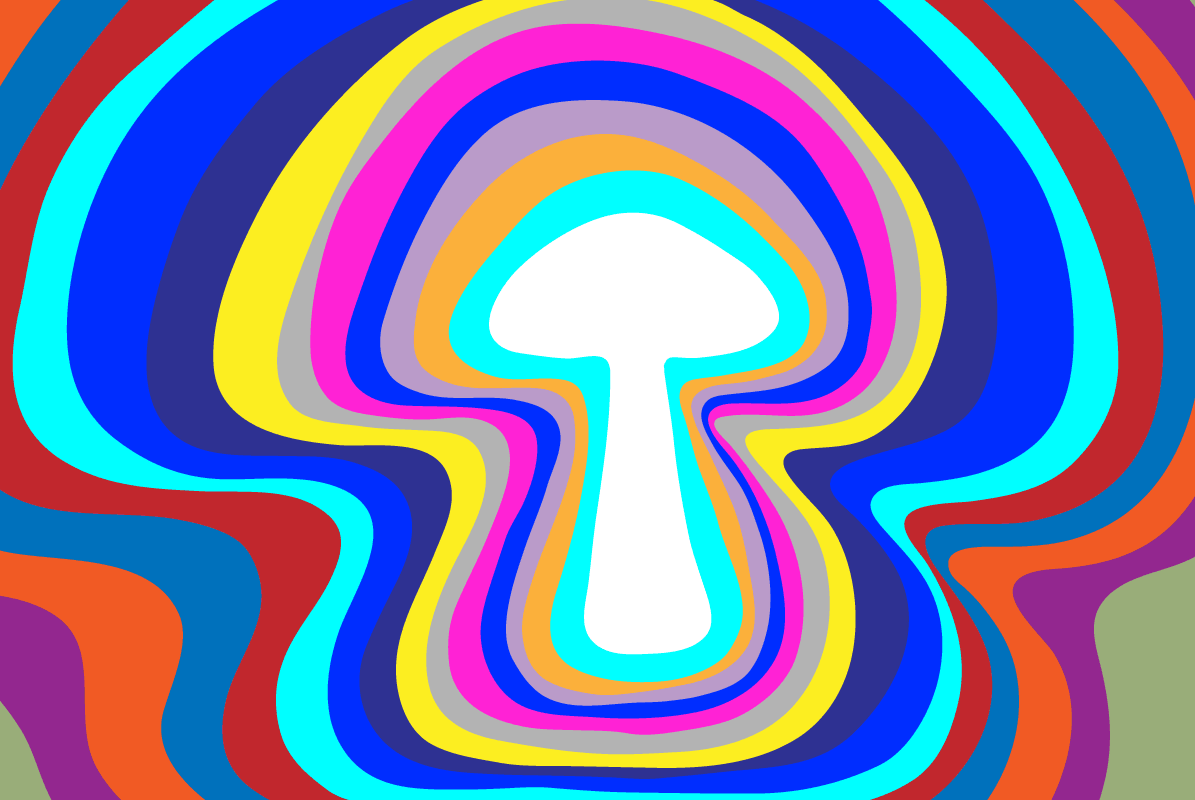
Trippy “Medicine”
Listening to some of the opponents of medical marijuana over the last few years, one could be forgiven for thinking that they have never heard of a psychoactive substance being used in medicine before. These people might be surprised to learn that in England the doctor can send you home with a prescription for pain called diamorphine, a fancy word for heroin. They might be equally surprised to learn that the anti-obesity prescription Desoxyn is nothing more than methamphetamine in a pill, or that the popular ADHD medication Adderall is very similar to methamphetamine chemically and physiologically. If you’ve had throat, dental or nose surgery there’s a chance the anesthetist used cocaine to numb your senses as it restricts the flow of blood more than any other local anesthetic (the cocaine alkaloid is extracted from coca leaves for medical use and the leftover de-cocainized extract sent to Coca Cola for flavoring). You won’t hear it put this way. No doctor says to the cancer patient, “I suggest you use smack from here on out,” and no weight loss specialist asks whether you’ve tried meth yet. Imagine a dentist telling their patient to open wide so they can inject some blow into their gum line. Of course, medical vernacular replaces street names for drugs to provide a line of demarcation between highly stigmatized illicit activities and their pharmacological corollary under medical settings. In its online guide for safe diamorphine use for cancer sufferers, Cancer Research UK chooses to omit the word heroin completely, to obfuscate any connection with its recreational use.
Unfortunately, a consequence of hiding normally illegal drugs in plain sight in the medical world is to make them seem especially fringe and troubling when used in other contexts. It should come as no surprise then that a recent Vox poll found that most people are overwhelmingly opposed to legalizing psychedelic drugs like magic mushrooms for both recreational and medical use, despite a majority in the poll supporting marijuana legalization. This is unsurprising given that the same poll finds most people do not want cocaine, heroin, or meth to be used medically either. Presumably, most people polled had no idea that these drugs have already been in medical use for decades and therefore can’t be expected to look favorably at the medical use of other drugs. But as the marijuana legalization debate is slowly being fought and won, in its footprints will emerge the great new legalization debate about psychedelics. Already in Oregon and Denver, where marijuana has been legalized for recreational use, measures are being put on the ballot to decriminalize magic mushrooms, two hundred species of fungi containing the hallucinogenic alkaloids psilocin and psilocybin.
There’s no clear line separating drugs that make it into club psychedelic from those that do not—marijuana, ketamine, ecstasy and all sorts of substances can at times produce the hallucinogenic effects commensurate with a psychedelic experience. But normally when we talk about the classical psychedelics we refer to a narrow class of fungi and plants—or the substances derived from them in a laboratory—that change levels of serotonin in the brain and produce vivid hallucinations and shifts in consciousness. Not all of these substances are illegal. The mint plant salvia divinorum exhibits powerful and unusual psychedelic effects and remains legal in most countries outside the British Commonwealth, while magic mushrooms can be legally bought in some countries like Jamaica and Brazil. A special exemption even exists in the United States to allow members of the Native American Church to consume the hallucinogenic cacti known as peyote after the Drug Enforcement Administration was sued by the church for trying to prohibit a plant that had been used for four thousand years by Native Americans.
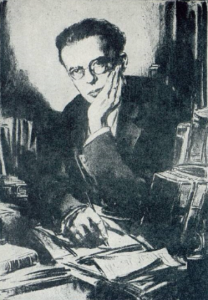
Perhaps this last drug, though one of the more rarely encountered of the psychedelics, has done more to popularize their use than anything else in the long run. In the 1950s, the literary genius Aldous Huxley took four tenths of a gram of the active alkaloid in peyote called mescaline and described his experience in The Doors of Perception, a book that influenced Harvard psychologist Timothy Leary, the person more responsible than anyone else for popularizing psychedelics in the 1960s. Both Leary and Huxley went on to experiment with an even stronger psychedelic, lysergic acid diethylamide, otherwise known as LSD or acid, a chemical derived in the laboratory from the ergot fungus. Huxley believed in a “mind at large”—the idea that our mind is greater than what appears in ordinary consciousness, and believed that brain processes filter out most of the mind’s content given that so much information would be unbearable and unconducive to normal human behavior. “In so far as we are animals,” he wrote, “our business is at all costs to survive. To make biological survival possible, mind at large has to be funneled through the reducing valve of the brain and nervous system. What comes out at the other end is a measly tickle of the kind of consciousness which will help us to stay alive on the surface of this particular planet.” Huxley believed that psychedelics break down the filtering processes of the mind, widening the doors of perception and thereby allowing more perceptual data into our consciousness. As a result of being shown that there is more to the world than we think and that we aren’t always privy to that world, Huxley thought the psychedelic experience could at least teach us humility.
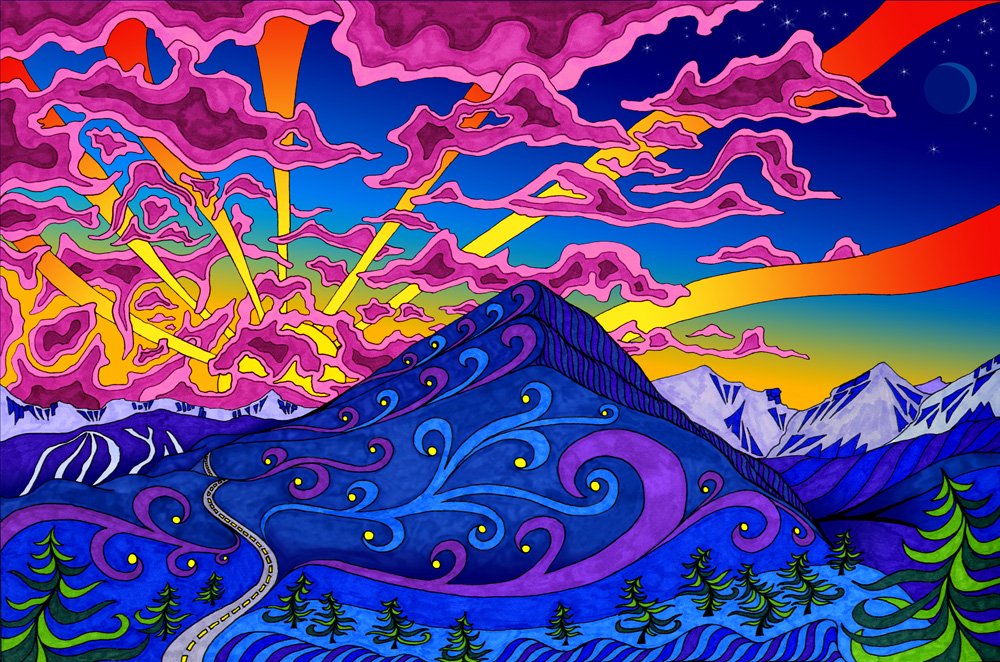
Humility is the handmaiden to liberty, and some people don’t like to walk in the company of either. From the late 1960s onwards, most psychedelics were banned owing to fears about their harmful potential, and anti-drug polemicists are always on hand to remind us that we aren’t missing out on anything by being denied their usage. Athol Moffitt’s 1998 prohibitionist tract Drug Precipice tells us that, aside from the narcotics already used for medical purposes, other illegal drugs have “no benefit to mankind whatsoever.” And yet, research carried out before psychedelics were prohibited casts serious doubts on that claim. In the 1950s, it was thought that LSD produced something similar to delirium tremens, the disorientation and agitation that some alcoholics face in withdrawal. Like The Simpsons episode in which Homer wanted to force Bart to smoke a whole room full of cigarettes as punishment for being caught with them, a group of psychologists in Saskatchewan thought they could frighten alcoholics away from alcohol by providing them with LSD and its terrible but similar disorientating effects. The LSD experiments actually seemed to work much better than other treatments for alcoholism, with many of the alcoholics refraining from drinking months later, but for reasons entirely unrelated to those hypothesized. The alcoholics in Saskatchewan reported that their LSD experience was profound and spiritual, nothing like the negative experience that was intended, and that it allowed them to see how their alcohol abuse was affecting those they loved. Something about these experiments reminds me of the story of Gustav III of Sweden, who believed that coffee was so destructive to health that he commuted a criminal’s death sentence to a life sentence drinking coffee just to see what would happen. Instead of providing the alcoholics with a hellish LSD experience, the psychologists had provided them with the ultimate gift of renewing their view of the world.
While some psychologists in Toronto disputed the Saskatchewan psychologists’ theory that LSD might be useful for reversing alcoholism, research into the connection virtually ceased after the government banned LSD research on humans in 1966. Around the same time, most research into psychedelics turned into a trickle owing to burdensome government regulations. But, four decades later, scientists are finally fighting back with renewed vigor to overcome the bureaucratic bottlenecks stifling psychedelic research. After three years of negotiating permission with the British government, one team of scientists at Imperial College London recently began studying the psilocybin of magic mushrooms again to understand its effects on symptoms of depression. The regulations imposed on the team were excessive: each dose of psilocybin cost thousands of pounds and had to be kept in a safe, as if it were radioactive material that could be sold to Iran. During the experiment, two doses of psilocybin were given to 20 people who suffered from treatment-resistant depression and who had already attempted two or more failed treatments. Almost immediately and in a follow up six months later it was found that the depressive symptoms had markedly diminished in the group. “There simply aren’t words to describe the experience but I can say that the usual negative self-narration that I have had vanished completely,” one of the patients dosed with psilocybin said, “It was replaced by a sense of beautiful chaos, a landscape of unimaginable color and beauty.”

The spiritual guru Eckhart Tolle often echoes Zen Buddhists in encouraging us to turn away from the inward focus on our own emotions and towards a larger project or sense of being by overcoming the stream of thoughts that make up our ego. In The Psychedelic Experience, Timothy Leary held that psychedelic trips lead to “ego death,” the collapse of the stream of thought that identifies a person as being separate from everything else, and replaces it with a sense of cosmic oneness. This probably sounds like spiritual mumbo jumbo, but it closely resembles what people report about their experiences. In another recent randomized, double blind study conducted by John Hopkins University, 51 patients with a life threatening cancer diagnosis suffering from depression or anxiety about fear of death were given one large dose of psilocybin. Two-thirds of the patients reported the experience as among the most important in their entire lives. “Somehow, I was able to comprehend what oneness is,” said one of the patients a year after the trial, while another reported that he had gained metaphysical insights into the nature of reality, “The sense that all is One. I experienced the essence of the universe.” Eighty percent of the patients reported substantial decreases in depression and anxiety, with one of the study’s authors, Stephen Ross, telling Scientific American, “It is simply unprecedented in psychiatry that a single dose of a medicine produces these kinds of dramatic and enduring results.”
I have to say I have misgivings about the medicalization of the psychedelic experience exemplified by Ross’s statement. If you look at opioids or, say, medical cannabis for epilepsy or pain, the drugs work on a level that doesn’t necessarily require the patient to experience psychoactive effects, which are mere epiphenomena to its medical efficacy. But, as one study reveals, for the psychedelics it’s a different story: “The therapeutic effects of psilocybin are not a simple product of isolated pharmacological action but rather are experience dependent.” In the studies conducted, some people failed to experience a profound psychedelic trip from their issued dosage, and these people didn’t experience improvements in their symptoms. This signals that it is the overwhelming shift in consciousness and the renewed way a person looks at life that bring about profound positive emotional states, rather than the drug working in some other pharmacocentric fashion. But just as it would be improper to say that an uplifting visit from the archangel Gabriel would be a “medicine,” it makes little sense to call a profound experience that irrevocably changes your worldview or tacit metaphysical assumptions about the universe a “medicine.” It would be more accurate to call psychedelic treatments a “particularly profound and wonderful soul-shifting experience,” that perhaps frees one from the chains of anxiety and depression. However, if the government were to legalize psilocybin for conditions like depression and anxiety while denying others the opportunity to take it then this amounts to saying, “Only people with depression and anxiety are allowed to have particularly profound and wonderful soul-shifting experiences.” Better to call psychedelic treatments “medicine” only applicable to a designated group called “the sick” than to admit that the mechanism of its efficacy may be just as positive for other people in society as well.
If Leary’s claim about the dissolution of the ego seems to be true about psychedelics, what about Huxley’s assertion of a higher state of consciousness? This is not a straightforward question to answer because it’s not clear from a scientific point of view what it means to have a higher state of consciousness. But scientists can measure neural signal diversity through magnetic imaging, a mathematical gauge of the complexity of the firing of neurons, which decreases during sleep and increases during conscious activity. In the only study of its kind, it was found that doses of psilocybin and LSD increase neural signal diversity, suggesting “elevated awareness.” But it is difficult to specify exactly what this increased neural signal diversity means for our lives.
Obviously those undergoing the psychedelic trip are not going to do well by ordinary means of measuring intelligence. As psychologist Arthur Kleps said during congressional testimony in 1966, “…if I were to give you an IQ test and during the administration one of the walls of the room opened up giving you a vision of the blazing glories of the central galactic suns, and at the same time your childhood began to unreel before your inner eye like a three-dimensional colour movie, you would not do well on the test.” And yet, the problem solving or creative insights inspired particularly by LSD are well known. One user of LSD was the Nobel Prize winning chemist Kary Mullis, inventor of polymerase chain reactions, the process whereby scientists rapidly reproduce new copies of DNA. “It was certainly much more important than any courses I ever took,” Mullis said, crediting an LSD trip with his discovery, “I could sit on a DNA molecule and watch the polymers go by.” Richard Kemp claims that even Francis Crick, co-discoverer of the structure of DNA, had confided in him that he had envisioned its structure under the influence of LSD. A range of inventors, architects, musicians and artists credit psychedelic drug use for their imagination.1 Steve Jobs, founder of Apple said of his early LSD use, “It is the most profound thing I’ve ever done.”
Ninety percent of the world’s cultures institutionalize an altered state of consciousness, recognizing and even promoting an altered state of consciousness. In Africa, the roots of the iboga tree produce a powerful psychedelic substance called ibogaine that researchers credit2 with the ability to wean people off opioid addiction. But the indigenous hallucinogenic that has received the most attention in recent years belongs to the upper Amazon Rainforest. Ayahuasca is made from a vine containing DMT, a naturally occurring chemical found in the brain in tiny amounts. Mixed with the leaves of another plant, the ayahuasca brew produces an overwhelmingly powerful psychedelic trip. As with magic mushrooms, a number of small trials have found ayahuasca to produce experiences considered so profound it that leads to diminished signs of depression in Westerners3 and reports of a renewed life outlook, spawning a psychedelic tourism industry in South America.
Unfortunately, although spiritual gurus advocate ayahuasca, they can’t seem to agree on where one should take it. Deepak Chopra has warned people not to use ayahuasca in their home countries, “If you really want to try it then go to South America, go to Peru, look for a really authentic Shaman who does these rituals,” while ayahuasca researcher Rachel Harris writes in Listening to Ayahuasca, “My strongest advice [is]…Don’t go the Amazon…Too many known unknowns in Peru.” Harris explains that romantic visions of a genuine ayahuasca experience in Peru turn into cases of sexual assault by shamans, or at the very least a nightmarish hell of explosive diarrhea and vomiting in rainforests far from hospitals.
To Fall in Hell or Soar Angelic
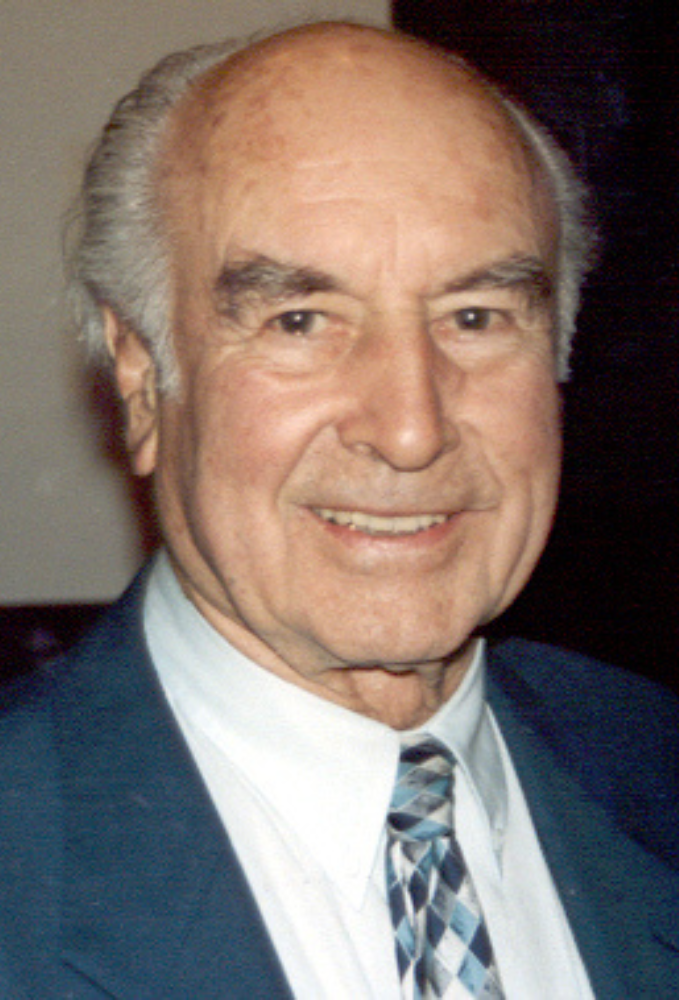
The ayahuasca experience also leaves users open to something that all psychedelic drugs can produce: extremely frightening and psychologically stressful states of consciousness known as bad trips. The first bad LSD trip ever experienced was by its inventor, chemist Albert Hoffman, who also happened to be the first scientist to isolate and name psilocybin. In 1943, three days after he accidently fell into the world’s first LSD trip, he purposefully dosed himself with 250 micrograms of LSD. Hoffman felt like he was suffocating, like he could taste metal in his mouth, and that his limbs were heavier than metal. The faces around him appeared grimacing and his visual field warped, “I half-crazily cried or muttered indistinctly.” In another experiment Hoffman recounted seeing “a crazy mutilated woman with her arms cut off and burned out eyes.” Other people have reported even worse things while tripping, “there are some worms. They’re nodding at me. Am I dying? I must be dying because they’re eating my flesh.”
The unpredictability these psychedelic trips bring strikes fear into the hearts of many people including hard drug users. With drugs like alcohol and heroin there is at least some predictability and regularity involved in their use. Timothy Leary warned that because the “set” of a person can change from day to day, the emotional and psychological state someone is in, and because the “setting” is always different, the environment where the experience takes place, we never know what the psychedelic trip will draw up from the deep nether-regions of the mind. Owing to their unpredictability, Humphrey Osmond, the psychiatrist who coined the term “psychedelic” and first provided Huxley with mescaline, said, “To fall in hell or soar angelic, you’ll need a pinch of psychedelic.”
Describing the history of LSD from the moment he invented it up until 1979 in his book LSD: My Problem Child, Hoffman described deep reservations about the way people have abused LSD interspersed with optimistic visions for its potential. Hoffman wanted people to know that LSD is a deeply consciousness, and therefore soul-altering drug, not a party drug to be used at raves and discos. “The history of LSD to date amply demonstrates the catastrophic consequences that can ensue when its profound effect is misjudged and the substance is mistaken for a pleasure drug,” warned Hoffman, “Special internal and external advance preparations are required; with them, an LSD experiment can become a meaningful experience. Wrong and inappropriate use has caused LSD to become my problem child.”4
Do Psychedelics Fuck You Up?
In 2010 and 2015, two different teams of scientists (one of which had forty members) met to carry out a “multi-criteria decision analysis” to rank the most common drugs by the harm their consumption causes to users and those around them. The reports called on the scientists to consider the harmfulness of drugs across sixteen different measurements, including mortality due to toxicity, mortality due to injury, drug specific bodily damage, drug-related bodily damage, degree of addictiveness, mental impairment due to intoxication, mental impairment due to secondary causes related to drug, effects on tangible life outcomes (e.g. job losses, academic achievement), and loss of personal relationships due to drug use. Both teams of scientists came up with almost identical findings: psychedelic drugs are some of the least harmful drugs used in society, considerably less harmful than even cannabis, with magic mushrooms given the lowest harm ranking of all drugs. On the other side of the spectrum the 2015 multi-criteria analysis concludes, “The evidence clearly confirms that alcohol should be considered to be the most harmful of all drugs”5 (explaining why alcohol is considered so harmful would require a separate article).
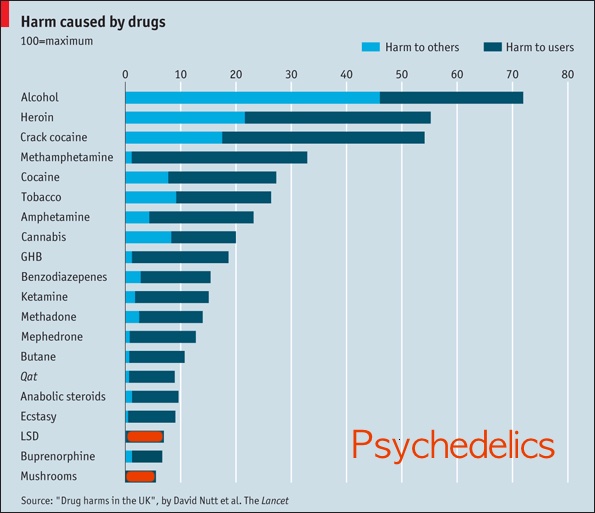
Don’t be surprised by the absurdly low harm score attributed to LSD and mushrooms. David Nutt, neuroscientist and former chief drugs advisor to the British government, reports that, “Psychedelics are among the safest drugs we know of. It’s virtually impossible to die of an overdose of them; they cause no physical harm; and if anything they are anti-addictive.”6 There are three reasons why psychedelics are considered one of the few types of drugs that are not addictive. In his classic work Drugs, Set, and Setting, the drug research pioneer Norman Zinburg describes the boredom quickly entailed by psychedelic use. Unlike other drugs that entail intrinsically pleasurable sensations, the psychedelic trip can only be said to be profound and pleasurable for most people in the sense that it is a highly novel experience. And yet novelty wears away: if you stare into a kaleidoscope for the first time you might be momentarily fascinated by the array of colors, but few people will want to spend the rest of their lives staring into a kaleidoscope on a daily basis. Secondly, psychedelics exhibit no withdrawal effects. Thirdly and perhaps most importantly, the brain rapidly builds tolerance to psychedelic substances, preventing the drugs from having a psychedelic effect if they are used too frequently.
If we’re going to compare psychedelics to the health risks of obesity they might be less harmful than eating a deep-fried hamburger, but what of the mental health consequences? There is only the tiniest kernel of truth in the claim that someone can be stuck in a psychedelic trip. Nobody experiences an ongoing trip anything like the psychedelic experience after the substance has left the body, but there is a rare condition called “Hallucinogen Persisting Perception Disorder” (HPPD) in which it is said that some people experience an annoying visual noise such as seeing specks of light or changing hues, or experiencing flashbacks, weeks or months after their psychedelic experience. According to the Vice article “When Drugs Fuck You Up Forever,” some people even report having these visual problems for years. However, Vice jumps the gun when it describes HPPD as “a poorly understood condition that you can only get if you’ve taken hallucinogenic drugs.” Multiple studies have found that the same symptoms as HPPD spontaneously occur in non-psychedelic users, in fact at the same rate as in psychedelic users, suggesting that the entire phenomenon might be a misdiagnosis attributed to psychedelics of a more common condition. A pooled analysis of eight double blind placebo-controlled studies found that clinical doses of psilocybin in 110 people led to no evidence of any mental health problems including HPPD.
Some case reports suggest adverse reactions in some individuals such as panic attacks or other anxiety disorders after using LSD. As ten percent of the American population will try LSD in their lifetime and three percent of the population will experience mental health issues, some researchers believe that most case study reports citing LSD are also likely to be chance overlaps between using the drug and having a psychotic incident. A 2017 study dosed sixteen people with LSD for the first time in their lives. Twelve months later the test subjects were asked how they felt the experience had influenced them. None reported negative results, and fifteen of the test subjects described the experience as among the most positive and meaningful experiences of their lives. In line with other research, the investigators concluded that LSD use precedes mid- to long-term improvement in psychological health. A much larger study funded by the Norwegian Research Council of 21,979 LSD, magic mushroom, and mescaline users found psychedelic use correlated with no increased risk of symptoms of HPPD, and a somewhat lower incidence of mental health issues, the same finding made elsewhere among Navajo using peyote.
These findings don’t fit very well with the psychedelics-rot-your-brain theory, which again seems to be grounded in urban myth. In fact, according to a fascinating neuroanatomical study in Cell Reports in 2018, exposing the neurons of rats in vitro and flies in vivo to LSD, DMT, and other psychedelics leads to increased synaptogenesis and neuritogenesis in the prefrontal cortex. In layman’s terms, it was found that psychedelics produced the type of growth in brain cells that prevents them degenerating as they do in people suffering from depression and neuropsychiatric disease. Perhaps in the future we will use psychedelics on a daily basis for brain health as we use vitamins today.
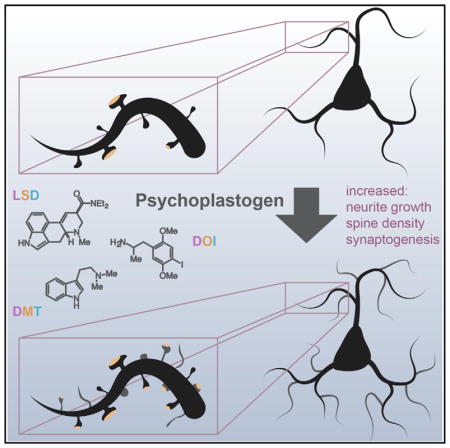
Okay, but what about the panic attacks and accidents that can happen when someone has a bad trip? After all, bad trips can be so terrifying that people run down highways naked and end up in hospital. Scandalously, the scientist Frank Olson was unknowingly dosed with LSD in a gifted bottle of Cointreau during a CIA experiment in 1953 and became deeply despondent in the days afterwards, allegedly throwing himself out of a tenth story New York window. In 2015, the musician Nick Cave’s son Arthur Cave fell to his death off a cliff while hallucinating on LSD. It should go without saying that dosing people without their knowledge or wandering around cliff edges while tripping is not advisable. But despite alcohol-fuelled plunges from balconies and windows occurring every day, researchers have actually struggled to find more than a few concrete historical cases in which psychedelics consumed alone, without alcohol and other drugs, are the cause of incidents of this nature. Even in the widely reported case of Arthur Cave, no LSD was actually found in his body, although the coroner classed the death as LSD-related due to the testimony of one of his friends claiming Arthur had tried to buy LSD over the Internet (whether it was LSD that he received nobody knows).
Most people won’t have a bad trip on psychedelics, but even among those who do it can’t always be said to be truly bad. One study recruited 2000 people who had specifically suffered a bad trip while using magic mushrooms to find out what sort of longer-term effect the bad trip can produce. Three people out of the 2000 had suffered psychotic symptoms, and three people had attempted suicide, with two percent of respondents reporting that the bad trip had produced a very negative effect on their lives. 84 percent of the bad trip sufferers reported that the experience had improved their wellbeing. “The incidence of risky behavior or enduring psychological distress is extremely low,” concluded the study, with its head researcher Roland Griffiths theorizing, “Resolution of a difficult experience, sometimes described as catharsis, often results in positive personal meaning or spiritual significance.” Put simply, most bad trips end up being good, though in an extremely low number of cases some bad trips can be detrimental.
Psychedelics In an Unfair World
In Australia, the Pennington Institute’s Annual Overdose Report for 2018 doesn’t even mention the words LSD, mushroom, or psychedelic in its 53 pages, not even to inform us that no psychedelic related deaths occurred in Australia in 2018. During a 2006 dialogue between the Science and Technology Select Committee of the British House of Commons and the British government’s Advisory Council on the Misuse of Drugs (ACMD), it was found that only one person had ever died in the history of government records of a death attributed to magic mushrooms, a finding that astonished the committee given that they are a Class A drug in Britain with a “high abuse potential” alongside crack and heroin. Michael Rawlins, Chairman of the ACMD said, “I have no idea what was going through the minds of the group who put it in Class A in 1970 and 1971.”7 Still, no change in the law took place to reclassify mushrooms. In 2008, the government of the Netherlands commissioned its own scientists at its Coordination Point Assessment and Monitoring New Drugs unit (CAM) to conduct an investigation into the harms of psilocybic mushrooms. Up until this point, mushrooms were legal in the Netherlands, which through its findings CAM insisted on maintaining:
It is concluded, that the use of magic mushrooms rarely (if ever) leads to physical or psychological dependence, that acute and chronic adverse effects are relatively infrequent and generally mild, that public health and public order effects are very limited and that criminality related to the use, production and trafficking of magic mushrooms is almost non-existent […] the overall risk potential of magic mushrooms use was judged to be very low and the CAM advised the Minister of Health to maintain the legal status of magic mushrooms.8
The Minister of Health responded to the report by doing the opposite, prohibiting magic mushrooms in 2008. The prohibition on psychedelics is microcosmic of the larger war on drugs: moral exhibitionism on the part of the politician caught in a competition to be holier than their rivals. It is not an exercise in protecting freedom nor an attempt to promote human welfare. With this invasion of liberty we are now 40 years behind where we otherwise could have been in treating depression, anxiety, and perhaps a whole range of other medical and even social-spiritual malaise.
In this article, I have focused on empirically verifiable benefits of psychedelics and haven’t even explored the emerging phenomenon of micro-dosing, consuming psychedelic substances in minute amounts below the threshold of the psychoactive experience in order to relieve stress and find focus and imagination, nor did I describe other beneficial possibilities that we are yet to fully test or grasp. F.A. Hayek stated in The Constitution of Liberty, “In each particular instance it will be possible to promise concrete and tangible advantages as the result of a curtailment of freedom, while the benefits sacrificed will in their nature always be unknown and uncertain.” In the psychedelic drug debate to come, remember that promises of harm prevention via prohibitions must be balanced against the good these substances can entail, known and unknown.
References:
1 Stafford B.H. & Glightly, P.G. (1967). LSD – The Problem Solving Psychedelic. Award Books.
2 Thomas Kingsley Brown, & Kenneth Alper. (2017). Treatment of opioid use disorder with ibogaine: detoxification and drug use outcomes. The American Journal of Drug and Alcohol Abuse, 44(1): 24-36.
3 Sanches RF, de Lima Osório F, Dos Santos RG, Macedo LR, Maia-de-Oliveira JP, Wichert-Ana L, de Araujo DB, Riba J, Crippa JA, Hallak JE. Antidepressant effects of a single dose of ayahuasca in patients with recurrent depression: a SPECT study. J Clin Psychopharmacol. 2016;36:77–81.
4 Albert Hoffman (1979). LSD: My Problem Child. Multidisciplinary Association for Psychedelic Studies.
5 van Amsterdam, J., Nutt, D., Phillips, L., Brink, W. (2015) European rating of drug harms. Journal of Pharmacology, 29(6), 655–660.
6 Nutt, D. (2012). Drugs Without the Hot Air, UIT Cambridge.
7 Drug Classification: Making a Hash of it? Fifth Report of Session 2005-2006, Great Britian Parliament, House of Commons.
8 van Amsterdam, J., Opperhuizen, A., van den Brink, W. (2010). Harm Potential of magic mushroom use: A review. Regulatory Toxicology and Pharmacology, 59:423-429.






